Vegetables You Can Still Plant In Late Summer For A Fall Harvest
Vegetables You Can Still Plant in Late Summer for a Fall Harvest
As the summer months come to an end, it may seem like the gardening season is over. But not so fast! There are still plenty of vegetables you can plant in late summer for a fall harvest.
In fact, some vegetables actually prefer to be planted in the cooler temperatures of fall. These cool-season crops include:
- Beets

- Carrots
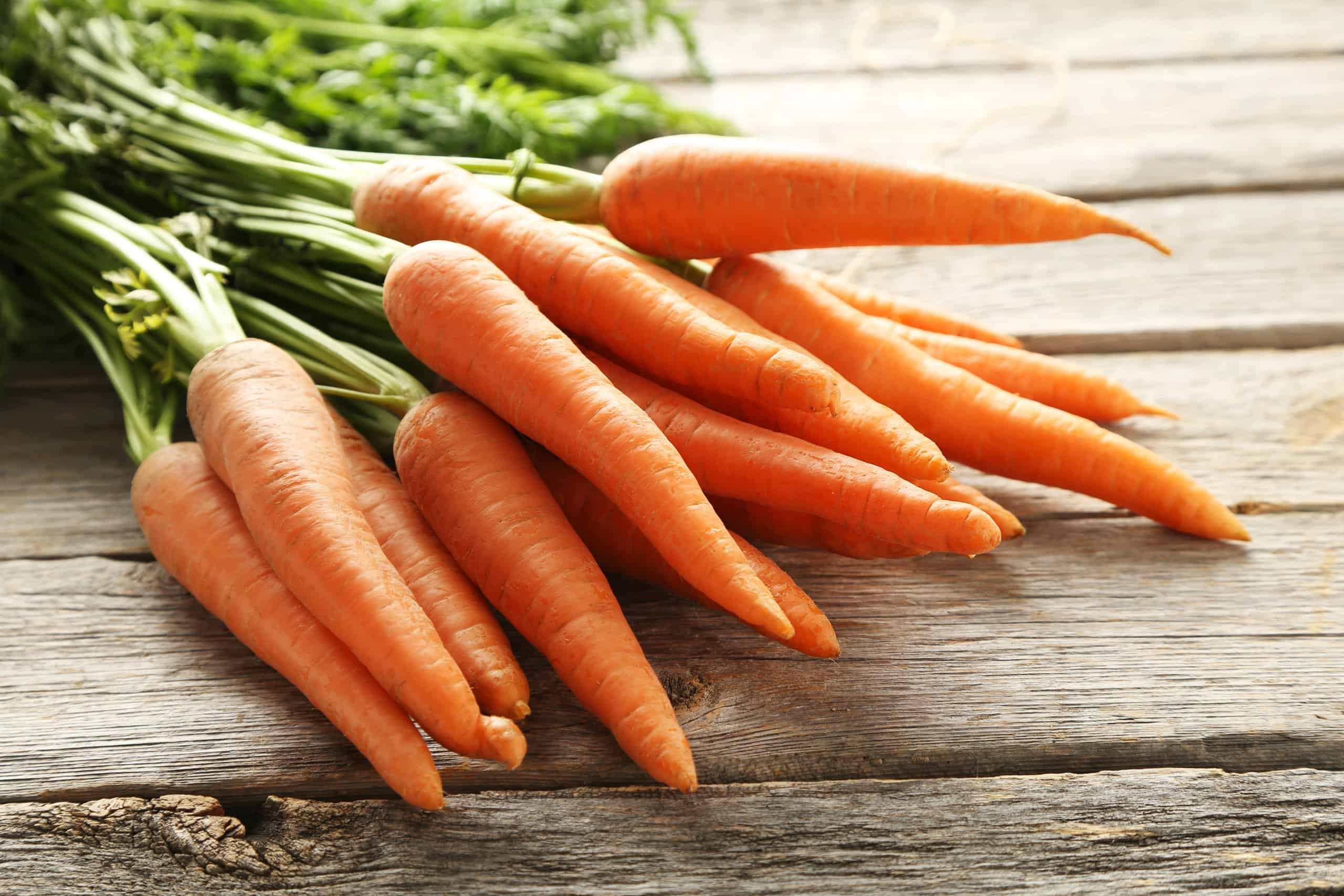
- Radishes
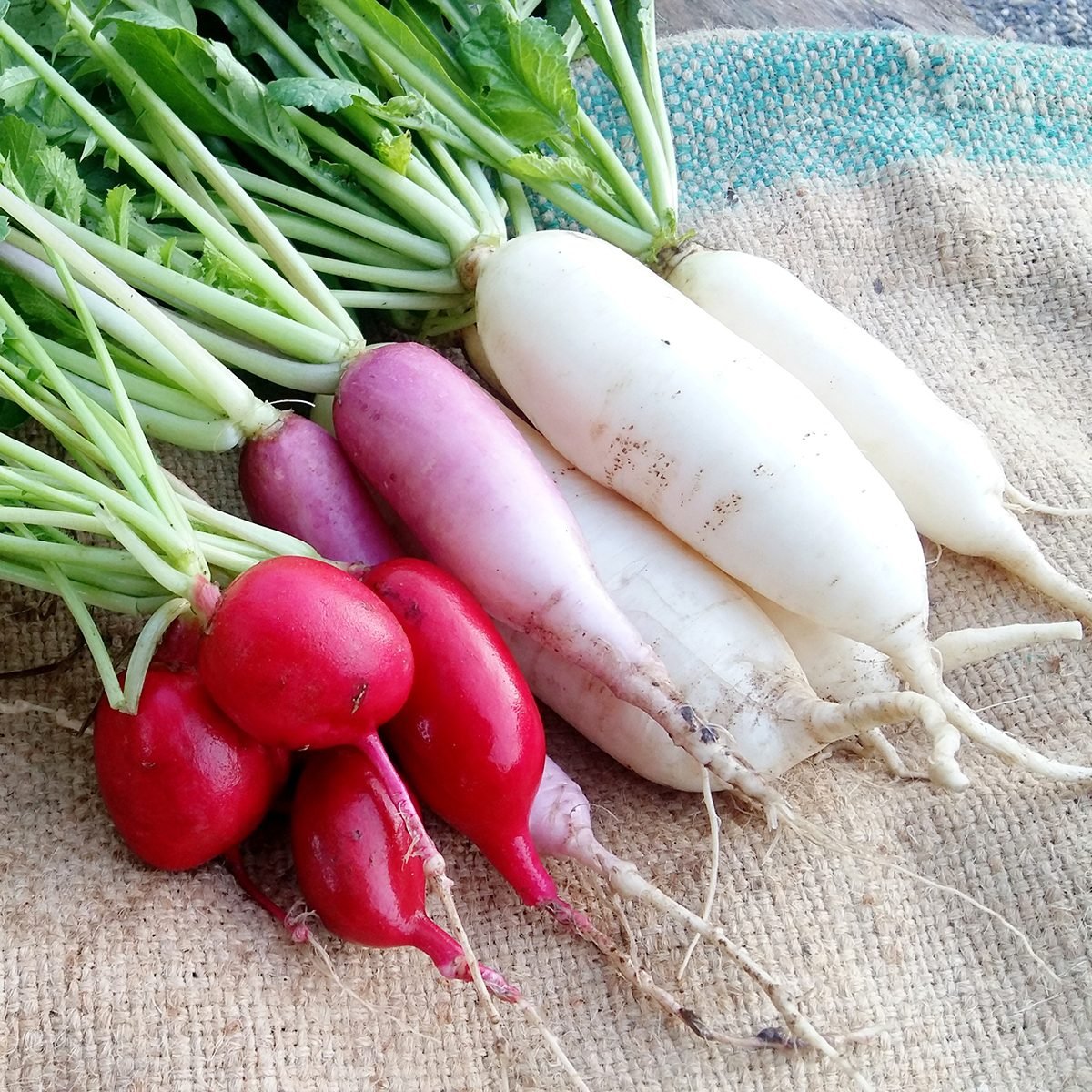
- Rutabagas
- Turnips
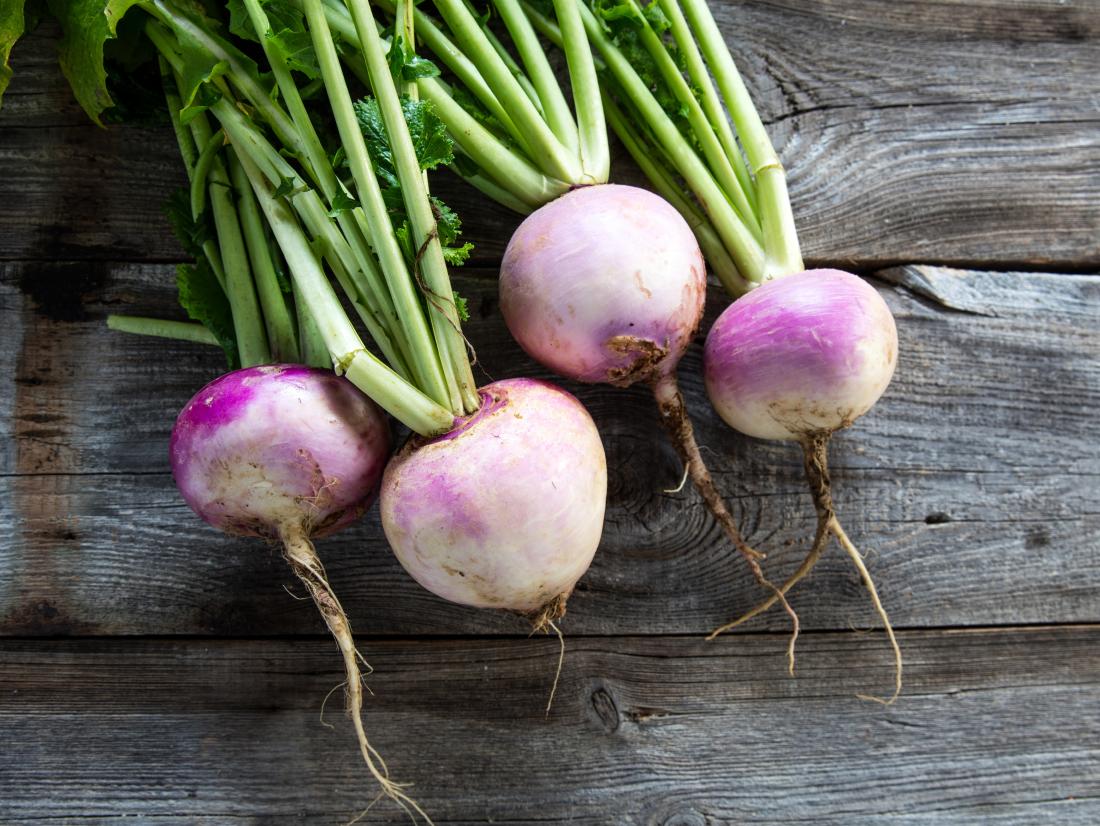
- Peas

- Bush Beans
- Cauliflower

- Broccoli

- Cabbage
- Chard

- Kale

- Spinach

- Mustard Greens

- Lettuce
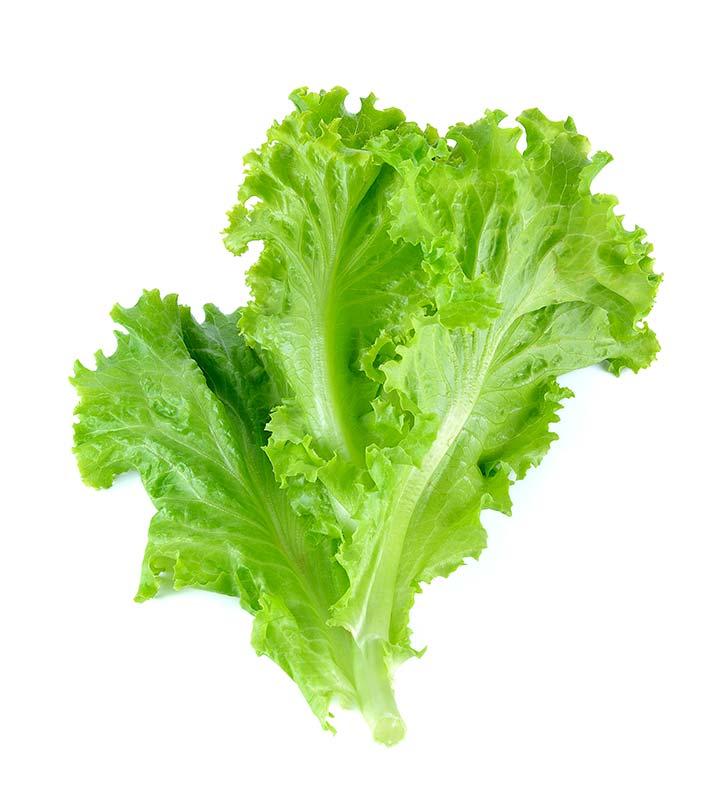
- Arugula
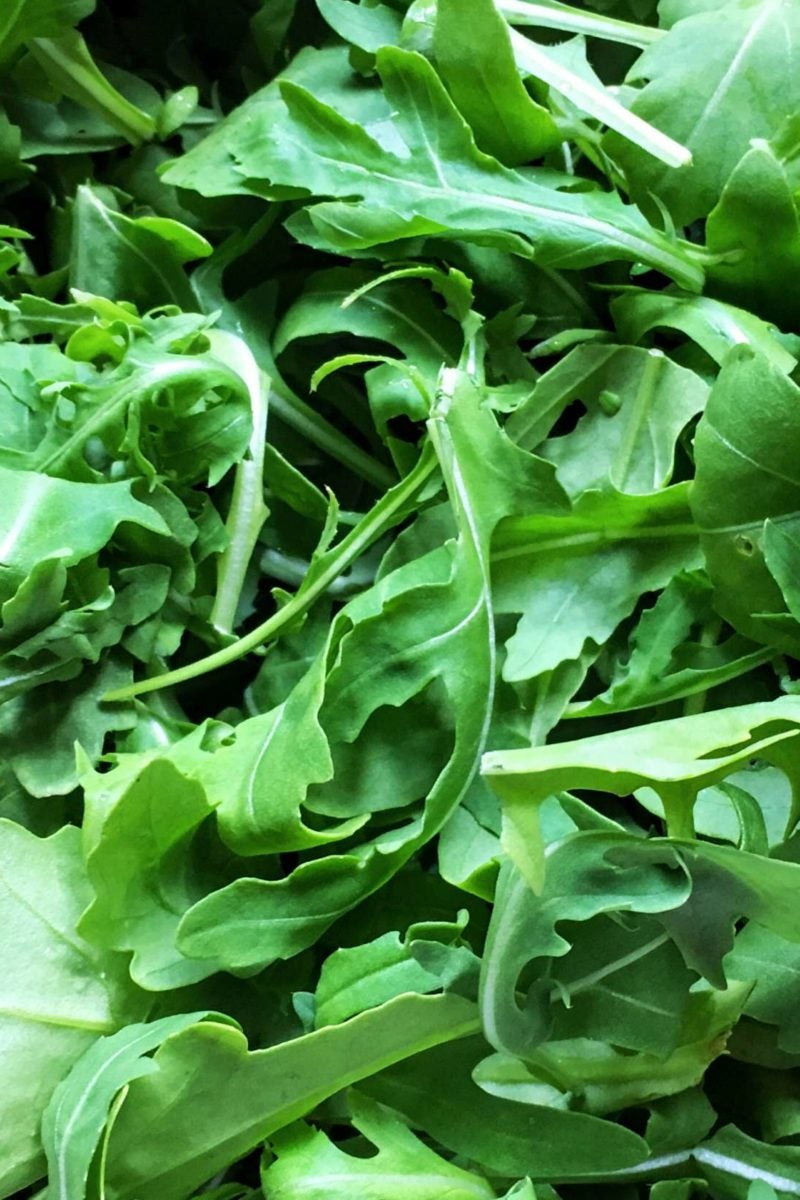
- Sorrel

- Bok Choy
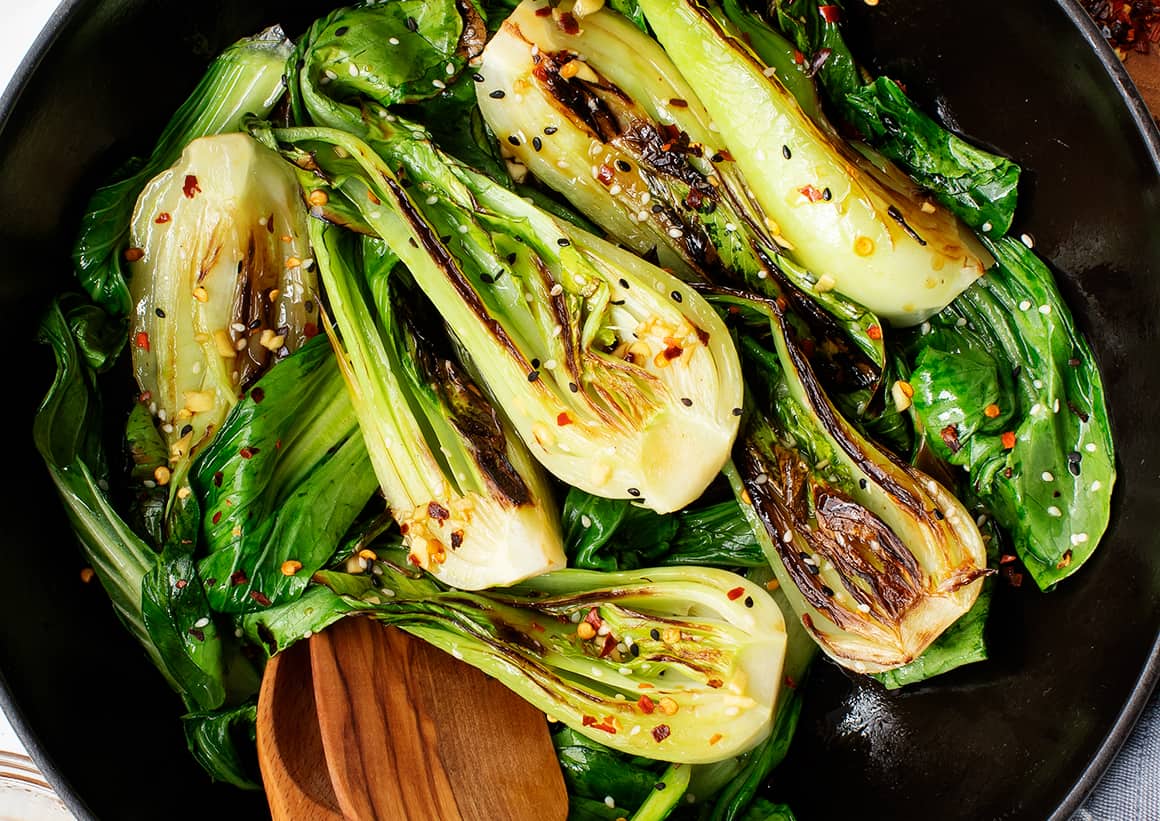
- Mescalin Mix
- Cilantro

These vegetables will thrive in the cooler weather of fall and will provide you with a fresh harvest well into the winter months.
When planting cool-season vegetables in late summer, it is important to choose a spot in your garden that receives full sun. You will also need to prepare the soil by tilling it and adding compost or other organic matter. This will help to improve the drainage and fertility of the soil, which is important for healthy plant growth.
Once you have prepared the soil, you can plant your seeds according to the instructions on the seed packet. Be sure to water your newly planted seeds regularly, especially during the first few weeks after planting.
With a little care and attention, you can enjoy a bountiful harvest of fresh vegetables from your garden all fall long.
Here are some additional tips for planting vegetables in late summer:
- Choose varieties that are known to be tolerant of cooler weather.
- Start your seeds indoors a few weeks before the last frost date in your area.
- Harden off your seedlings before planting them outdoors.
- Water your plants regularly, especially during hot, dry weather.
- Mulch around your plants to help retain moisture and suppress weeds.
- Protect your plants from pests and diseases.
With a little planning and effort, you can enjoy a delicious harvest of fresh vegetables from your garden all fall long.
Are you looking for vegetables to grow in late summer? If so, you've come to the right place! Here are a few of the best vegetables to plant in late summer for a bountiful harvest:
- Carrots: Carrots are a cool-season crop that can be planted in late summer and harvested in the fall. They prefer full sun and well-drained soil.

- Cauliflower: Cauliflower is another cool-season crop that does well in late summer plantings. It prefers full sun and moist soil.

- Broccoli: Broccoli is a hardy vegetable that can be planted in late summer and harvested in the fall. It prefers full sun and well-drained soil.

- Spinach: Spinach is a fast-growing vegetable that can be planted in late summer and harvested in a few weeks. It prefers full sun to partial shade and moist soil.

- Radishes: Radishes are a quick-growing vegetable that can be planted in late summer and harvested in as little as two weeks. They prefer full sun and well-drained soil.

For more information about vegetables to grow in late summer, please visit Garden Wiki. This website has a wealth of information on gardening, including a detailed guide to growing vegetables in late summer.
FAQ of vegetables to grow in late summer
What are some vegetables that can be grown in late summer?
Here are some vegetables that can be grown in late summer:
- Beets. Beets are a cool-season crop that can be planted in late summer and harvested in early fall. They are a good source of vitamins and minerals, and they can be eaten cooked or raw.

- Carrots. Carrots are another cool-season crop that can be planted in late summer. They are a good source of beta-carotene, which is an antioxidant that can help protect your cells from damage.

- Radishes. Radishes are a quick-growing crop that can be planted in late summer and harvested in just a few weeks. They are a good source of vitamin C, and they can add a bit of spice to your salads and sandwiches.

- Peas. Peas are a warm-season crop that can be planted in late summer in areas with mild winters. They are a good source of protein and fiber, and they can be eaten fresh or frozen.

- Bush beans. Bush beans are a warm-season crop that can be planted in late summer in areas with mild winters. They are a good source of protein and fiber, and they can be eaten fresh or canned.
When should I plant vegetables in late summer?
The best time to plant vegetables in late summer depends on your climate. In general, you should wait until the soil has cooled down to at least 60 degrees Fahrenheit before planting. You can also check the average last frost date for your area to be sure that the weather will be warm enough for your plants to grow.
How do I care for vegetables that I plant in late summer?
Vegetables that are planted in late summer will need regular watering, especially during hot, dry weather. You should also fertilize your plants every few weeks with a balanced fertilizer. In addition, you may need to protect your plants from pests and diseases.
What are some tips for harvesting vegetables that I plant in late summer?
When harvesting vegetables that you planted in late summer, it is important to do so when they are ripe. This will ensure that they have the best flavor and texture. You should also harvest your vegetables in the morning or evening when the temperatures are cooler.
What are some challenges of growing vegetables in late summer?
There are a few challenges that you may encounter when growing vegetables in late summer. One challenge is that the weather may be too hot and dry for some plants. Another challenge is that there may be more pests and diseases active in the summer months. However, with proper care, you can still successfully grow vegetables in late summer.
Image of vegetables to grow in late summer
- Broccoli is a cool-weather vegetable that can be planted in late summer and harvested in the fall. It is a good source of vitamins C and K, as well as fiber.
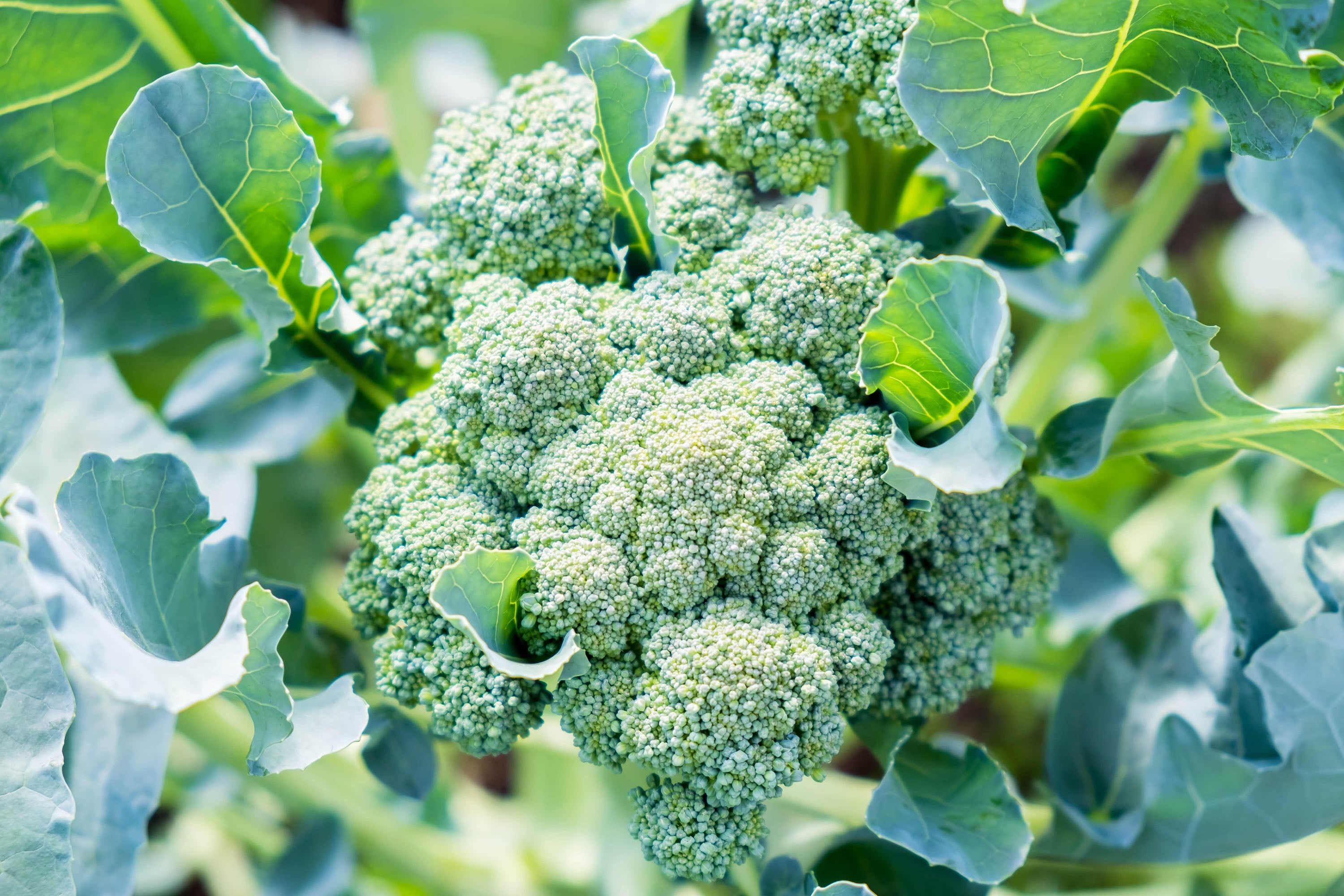
- Kale is another cool-weather vegetable that is easy to grow and can be harvested throughout the fall and winter. It is a good source of vitamins A, C, and K, as well as calcium and iron.
- Carrots are a root vegetable that can be planted in late summer and harvested in the fall. They are a good source of vitamins A and K, as well as fiber.

- Peas are a cool-weather vegetable that can be planted in late summer and harvested in the fall. They are a good source of protein and fiber.
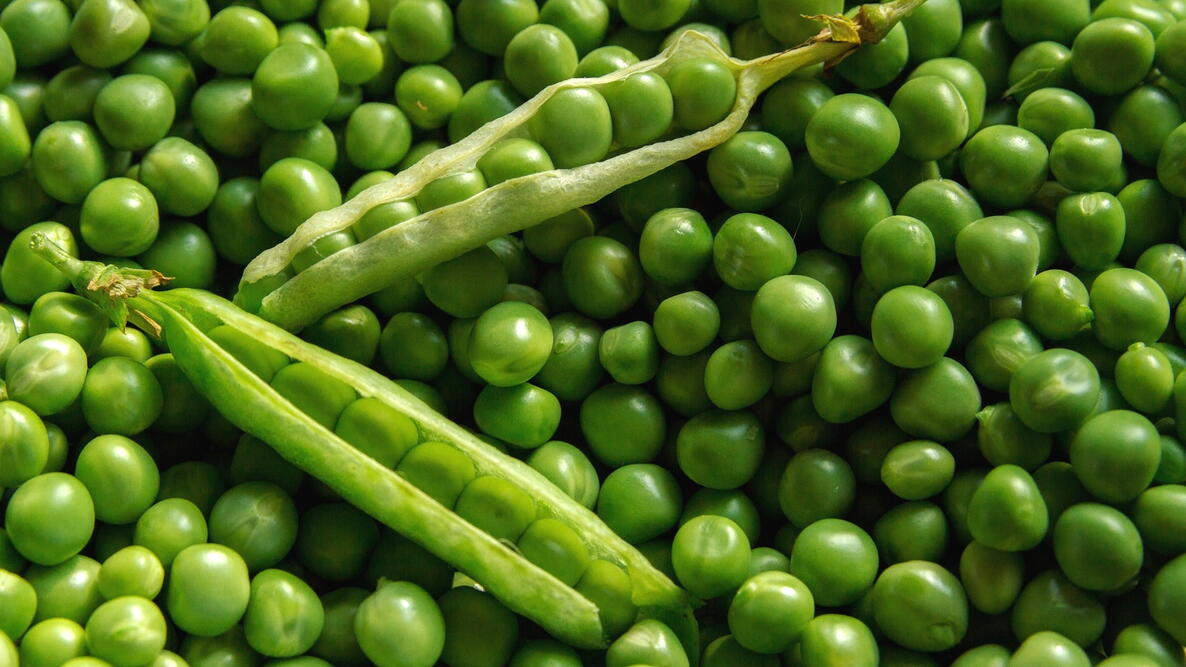
- Spinach is a leafy green vegetable that can be planted in late summer and harvested in the fall. It is a good source of vitamins A, C, and K, as well as fiber.

Post a Comment for " Vegetables You Can Still Plant In Late Summer For A Fall Harvest"